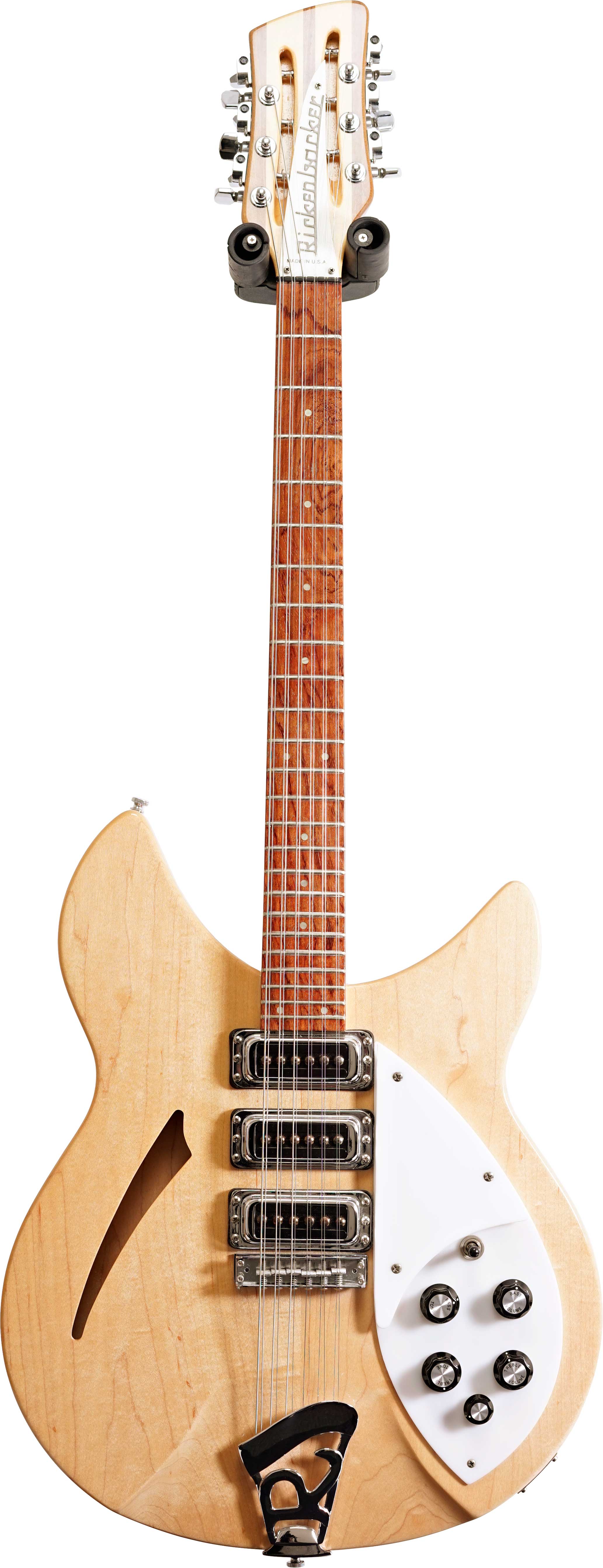
On its introduction in 1957, the 850 was the flagship Rickenbacker model, intended to compete like the Stratocaster and Les Paul. It was part of a series of 50s instruments that are precursors to the famous 325, but they lack the more elaborate ornamentation and hardware components found on the more recognisable 60s models. The Combo 850 is one of the most sought-after vintage Rickys of all time. GG is currently selling a crop of rare and collectable Rics, and this 1957 Combo 850 lands at the very top of the heap. Such is the case for the London-based GG’s Vintage Rickenbackers shop on Reverb.

Having said this, there are a lot worse guitars out there, and as well as being historically important, the 1820 bass can certainly provide the goods when required.Rickenbacker collectors tend to be a devoted bunch, and it’s not uncommon to see entire vintage collections made up solely of guitars from the iconic California brand.

Over the course of the 70s, the Japanese output improved dramatically, and in many ways these early 70s models are a low point for the brand.

These new Epiphones were based on existing Matsumoku guitars, sharing body shapes, and hardware, but the Epiphone line was somewhat upgraded, with inlaid logos and a 2x2 peghead configuration. The Matsumoku factory had been producing guitars for export for some time, but the 1820 bass (alongside a number of guitar models and the 5120 electric acoustic bass) were the first Epiphone models to be made there. By the end of the 1960s, a decision had been made to move Epiphone guitar production from the USA (at the Kalamazoo plant where Gibson guitars were made), to Matsumoto in Japan, creating a line of guitars and basses significantly less expensive than the USA-built models (actually less than half the price).


 0 kommentar(er)
0 kommentar(er)
